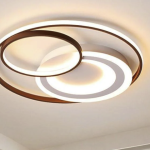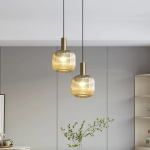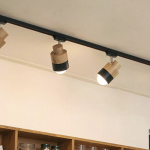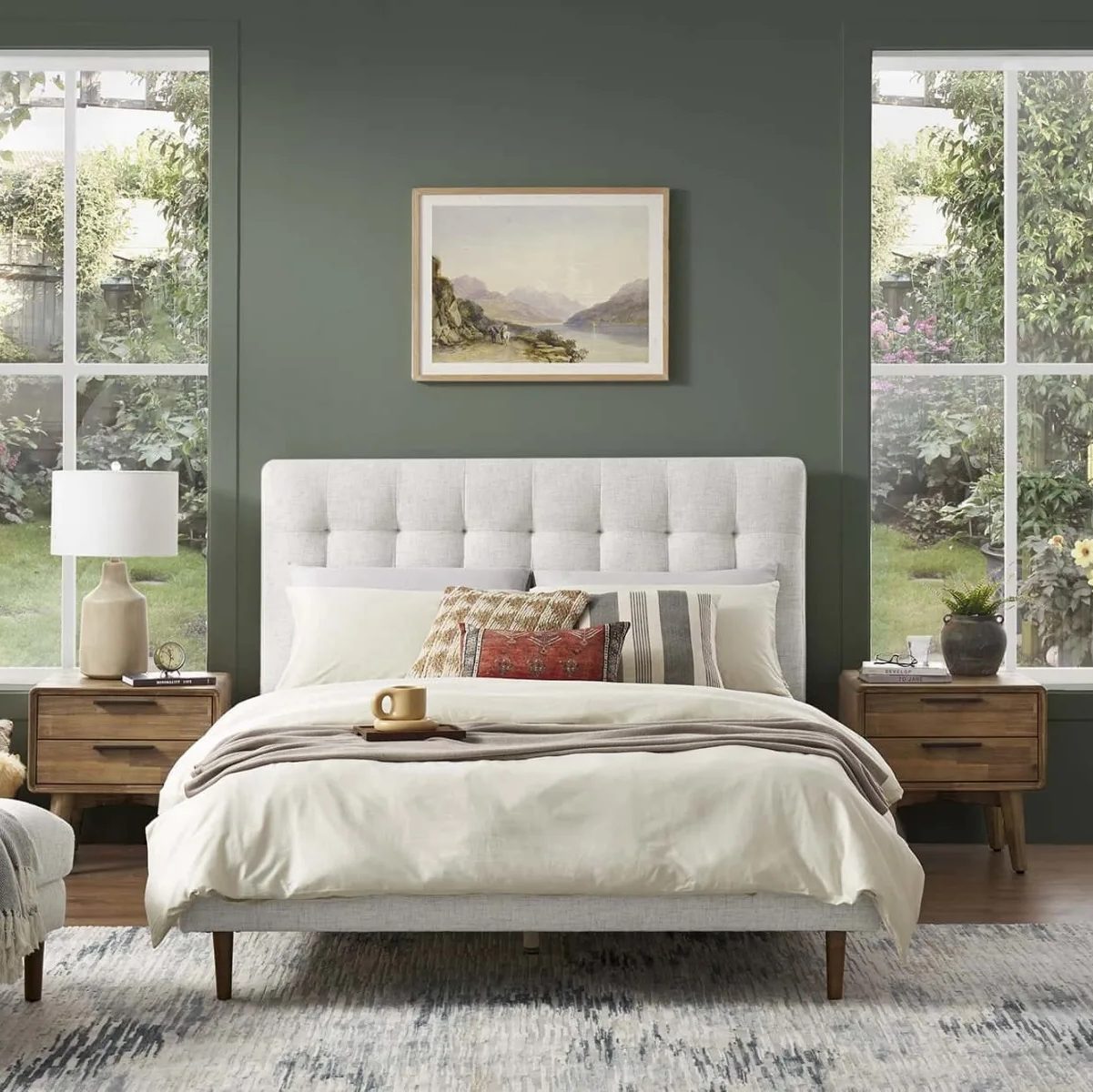
Introduction: Inexpensive and easy to use home decorating tools are available online these days, so you can add a fresh new coat of paint to your bedroom walls and flooring with some of these creative ideas.
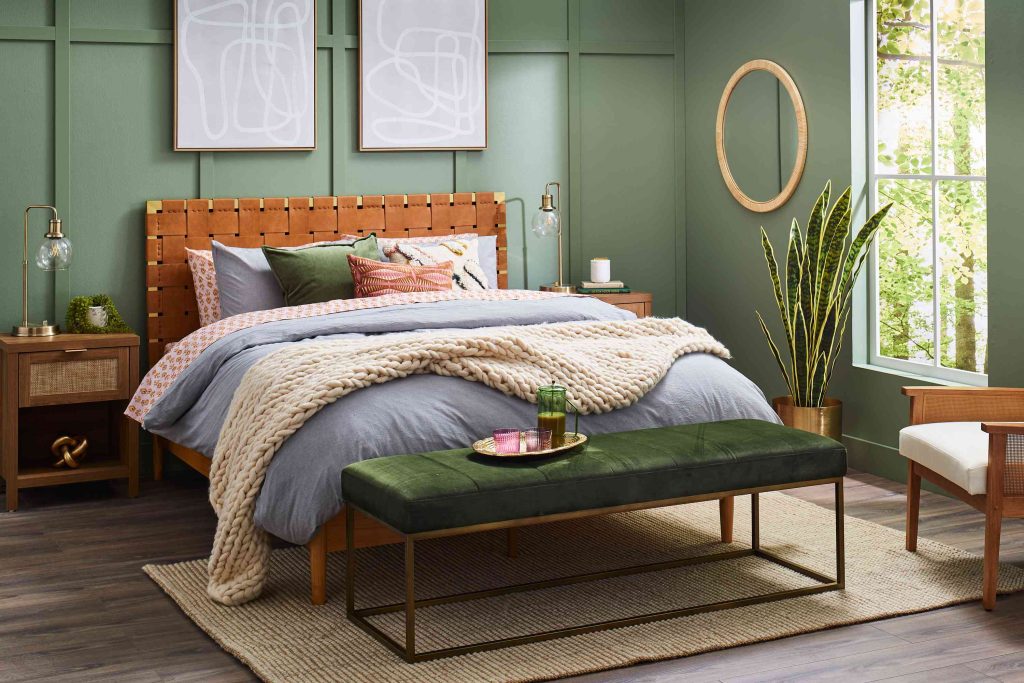
How to Paint Your Bedroom Walls and Flooring.
To paint your bedroom walls and flooring, you’ll need some supplies including a palette, a brush, water, and a light-sensing surface like a mirror. Here are some tips to get started:
1. Start by painting the outside of your walls in the same color as your bedding. This will give them a basic appearance without any added color.
2. Paint each room of your house one at a time, using different colors for the wallpapers, flooring, and curtains. Be sure to test the colors on various surfaces before moving on to other rooms in your home.
3. Waterproof your walls first by spraying them with an anti-moisture spray or filling them with drywall sealer. Then paint your wallpapers and floors with a corresponding color.
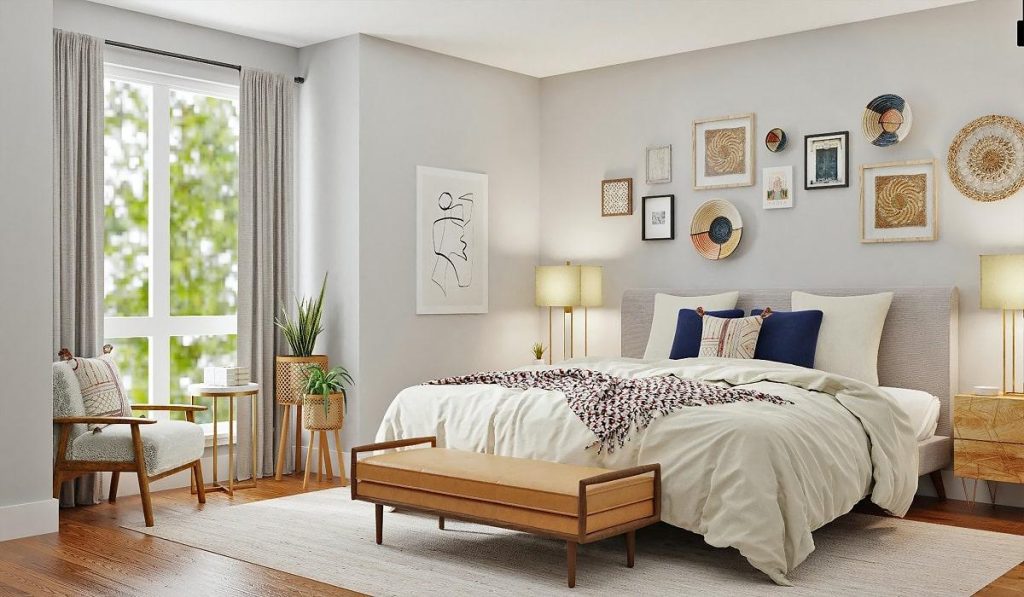
How to Choose the Right Paint Colors.
Many people choose to paint their walls and flooring in a variety of colors. This subsection will explore the different colors that are popular for painting wall and flooring.
What kind of paint do you need for your walls and flooring.
There are many types of paint you can use on your walls and flooring, depending on what type of surface you’re going to be painting. For example, you might want to use a white paint on your ceilings and walls, while using a black or dark green on the floors.
What are the best colors for your walls and flooring?
Some good wall color options include blue, green, yellow, orange, light purple, deep purple, or fuchsia. Floor color options may vary such as oak wood or rubber matting with dark colors. When choosing the best paint colors for your room, take into account both the exterior and interior of your home.
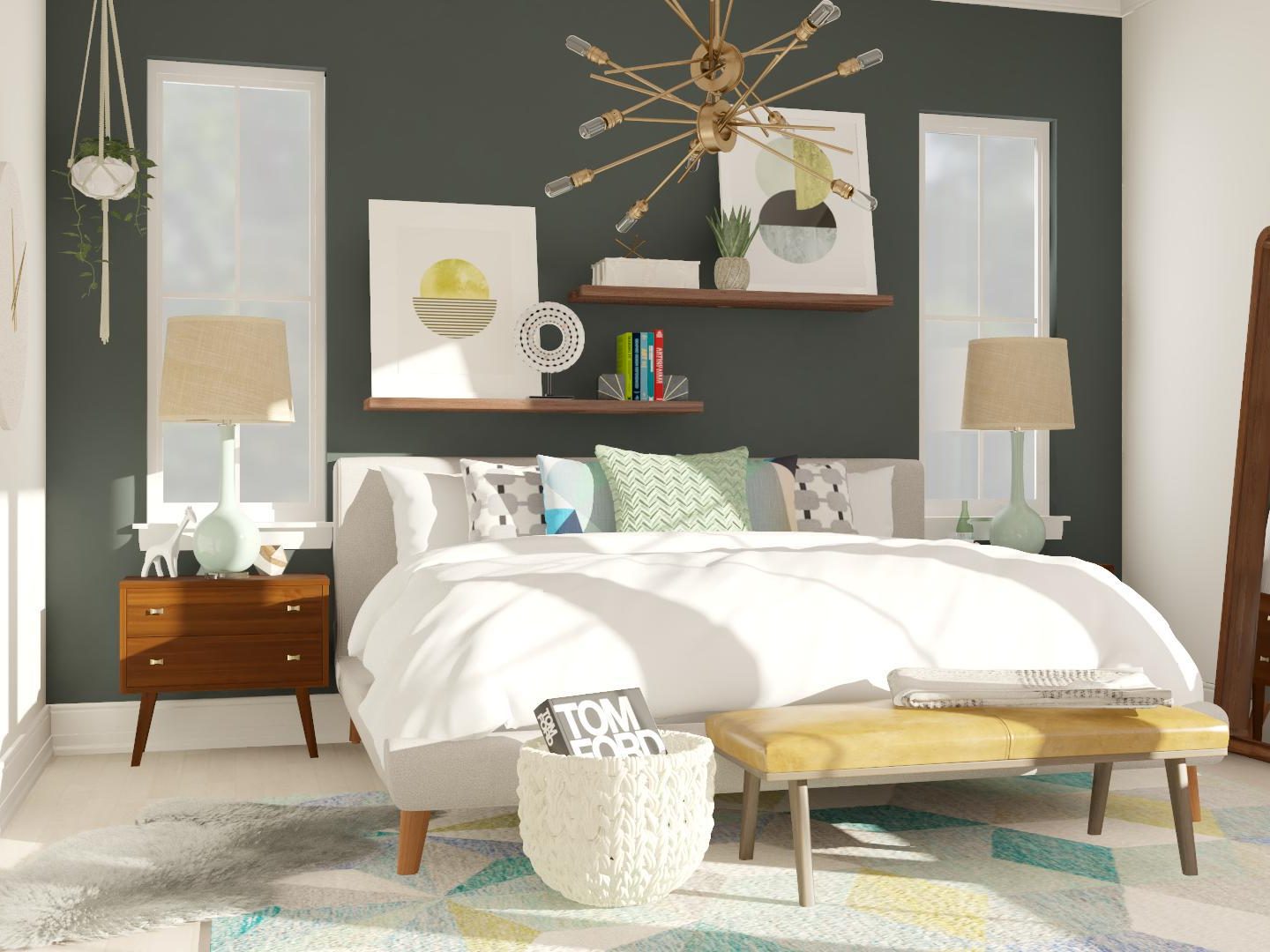
Tips for Painting Your Walls and Flooring.
When painting your walls and flooring, it’s important to avoid breathing in paint fumes. To avoid these fumes, be sure to use a room-temperature air freshener or neutralize any acid that may be present in the paint with baking soda or vinegar.
Additionally, be sure to keep any tools that might come into contact with the paint away from your mouth and eyes. Paint fumes can cause eyesight problems if breathed in deeply.
How to paint in a hurry.
If you want to quickly paint something, try using a spray bottle rather than a brush. Spraying the paint onto the wall is much more efficient and will save time than brushing it on like traditional paintings. Additionally, using a brush while painting can leave spots and drips on your walls, which will need to be cleaned up later on.
How to avoid paint drips and spills.
If you’re having trouble avoiding water droplets and spills when painting, try using a water droplet applicator instead of anbrush. This method will allow you to apply the paint directly where you want it without having to shake the can or use a brush. Additionally, make sure not to place too much pressure on the applicator when painting – this can cause it to burst open, spilling the entire task onto your flooring!
How to paint with a brush.
When painting with a brush, always use caution – not enough pressure may cause the bristles to become entangled in your fabric or skin! Try keeping your hand moving so that each stroke is evenly distributed across the surface of your canvas. And remember: never let go of your brush until all of the colours have been applied – even after they’ve dried!
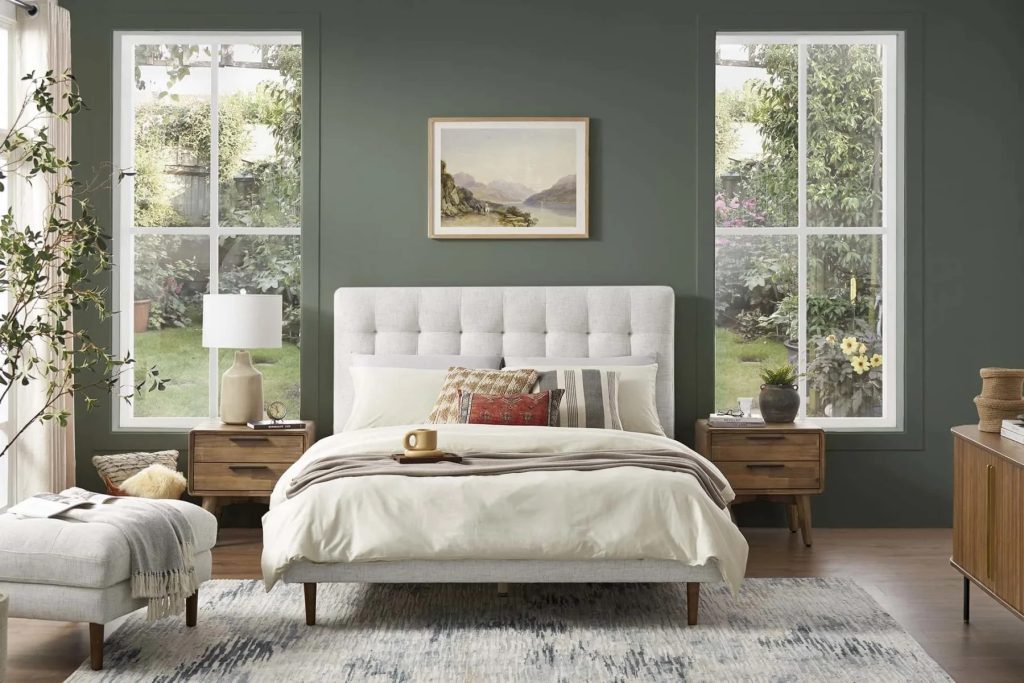
Conclusion
Painting your walls and flooring can be a fun and rewarding task. By choosing the right paint colors and painting in a hurry, you can achieve beautiful results. However, it’s important to follow these simple tips to avoid paint fumes and drips and spills. Overall, painting your walls and flooring can be a great way to update or improve your home decor.

